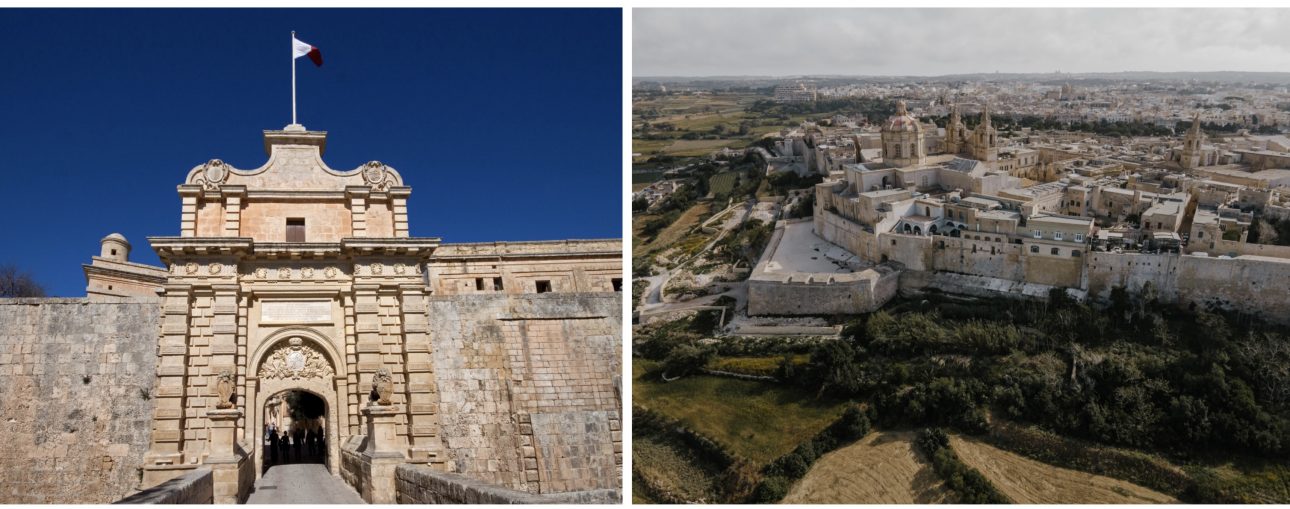
Mdina, also known as the “Silent City” or “Città Notabile” is the ancient capital of Malta, with a 4,000-year history. Inhabited by Greeks, Romans and Phoenicians, Arabs and Normans, its origins date back to antiquity.
In Roman times, it was called Melita, before being renamed Mdina by the Arabs. It takes its name from Medina in Arabic, which means “old city”.
Located in the centre of Malta, Mdina and Rabat were once and the same city. For reasons of national defence, the town was divided into two by a moat.
The main gate of the city was built in 1724 according to the plans of Charles François de Mondion, a French architect.
It was the capital of Malta until the arrival of the Knights of the Order of St John of Jerusalem in 1530, when they moved their headquarters to Birgu and built a new capital, Valletta.
Mdina was and still is the centre of the Maltese nobility, but it has never regained its pre-1530 importance.
It is on the UNESCO Tentative List of World Heritage Sites and is now one of Malta’s main tourist attractions.
Rabat is particularly linked to the introduction of Christianity in Malta, as it is said to have welcomed the apostle Saint Paul after he was shipwrecked on the Maltese coast.
What to visit in Mdina?
Its alleys
It is a quiet and pedestrian city, it is pleasant to let yourself be guided along the streets.
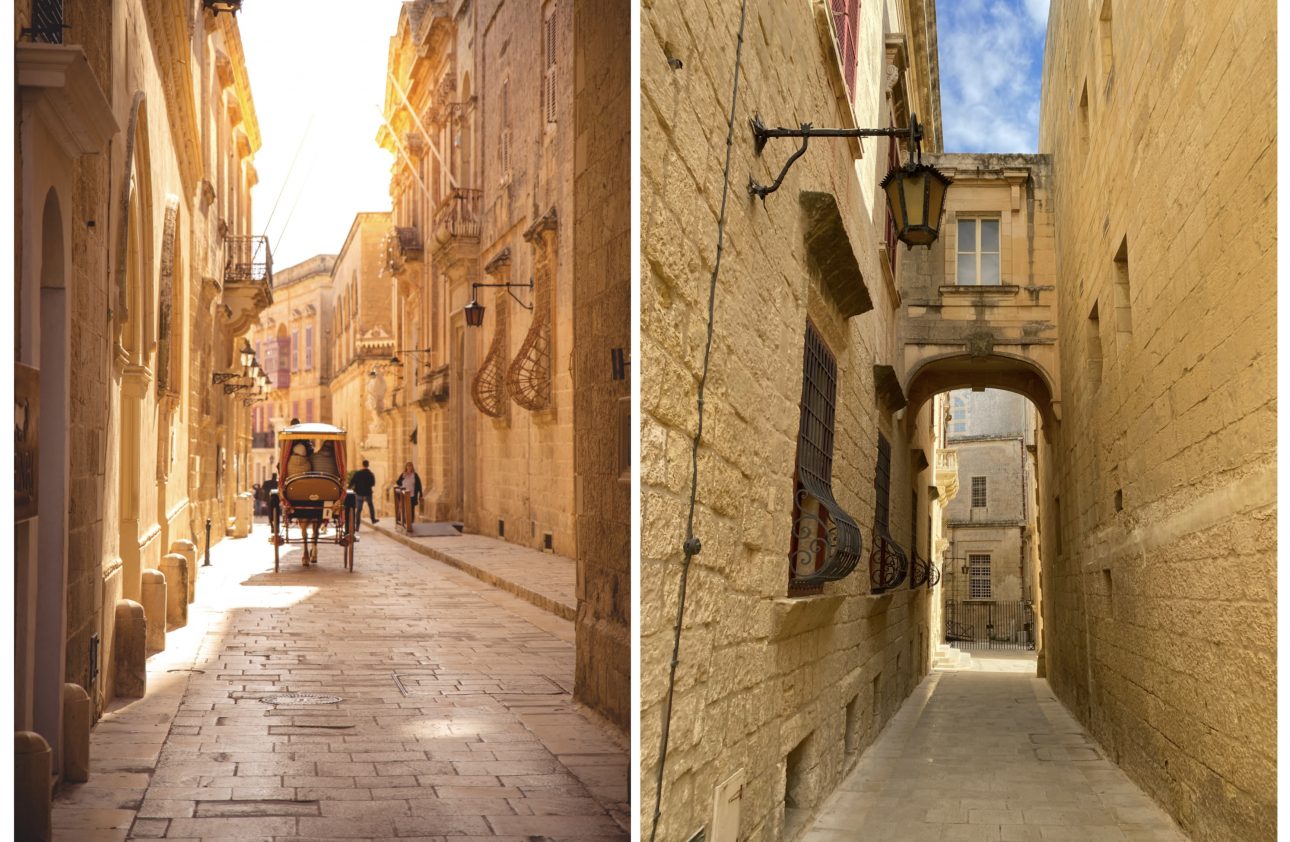
Its ramparts
Its ramparts offer a view of Mosta, the Mediterranean and Valletta. On its slopes we can observe the Maltese vineyards.
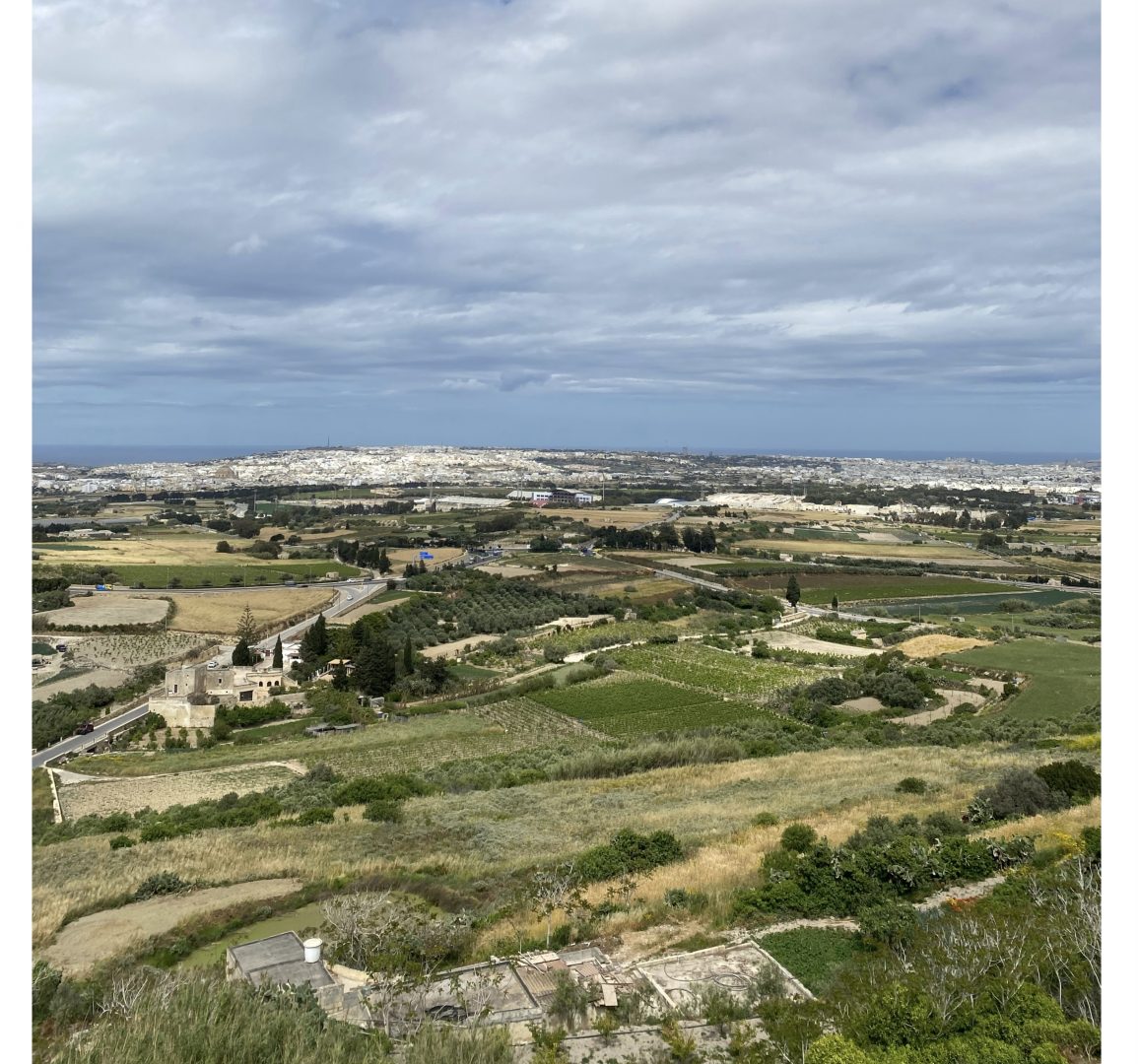
St. Paul’s Cathedral
It was rebuilt after the earthquake of 1693. Under its marble floor it houses the tomb of the Grand Masters of Malta.
It was erected where St. Paul is said to have converted the Roman governor Publius, who became the first Bishop of Malta, to Christianity.
The Cathedral Museum is located in an imposing baroque palace and houses valuable collections of artworks, coins, Roman antiquities and original documents dating from the Inquisition.
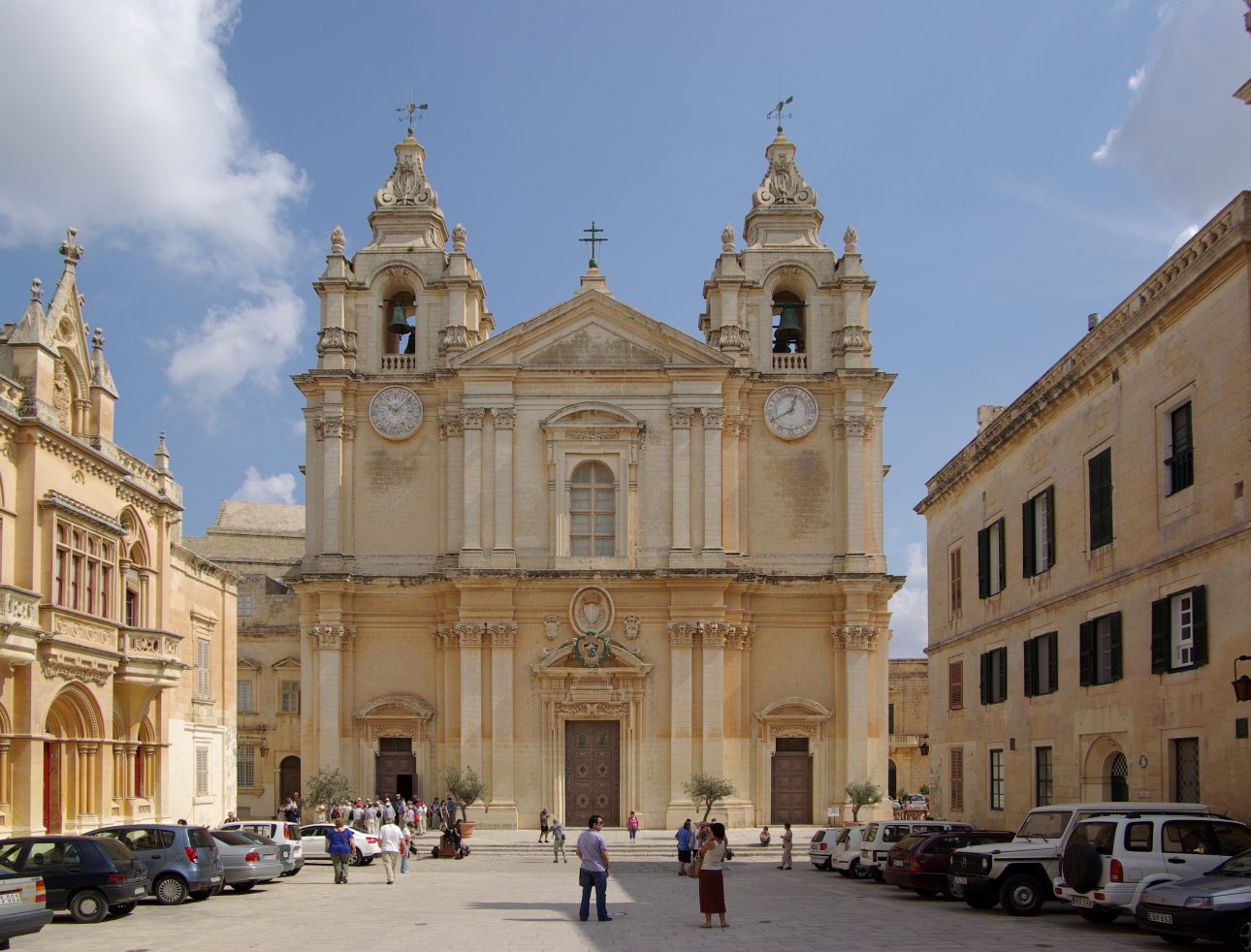
Palazzo De Piro
Built in the 17th century, it is now a “multifunctional cultural centre”, hosting exhibitions and artistic events.
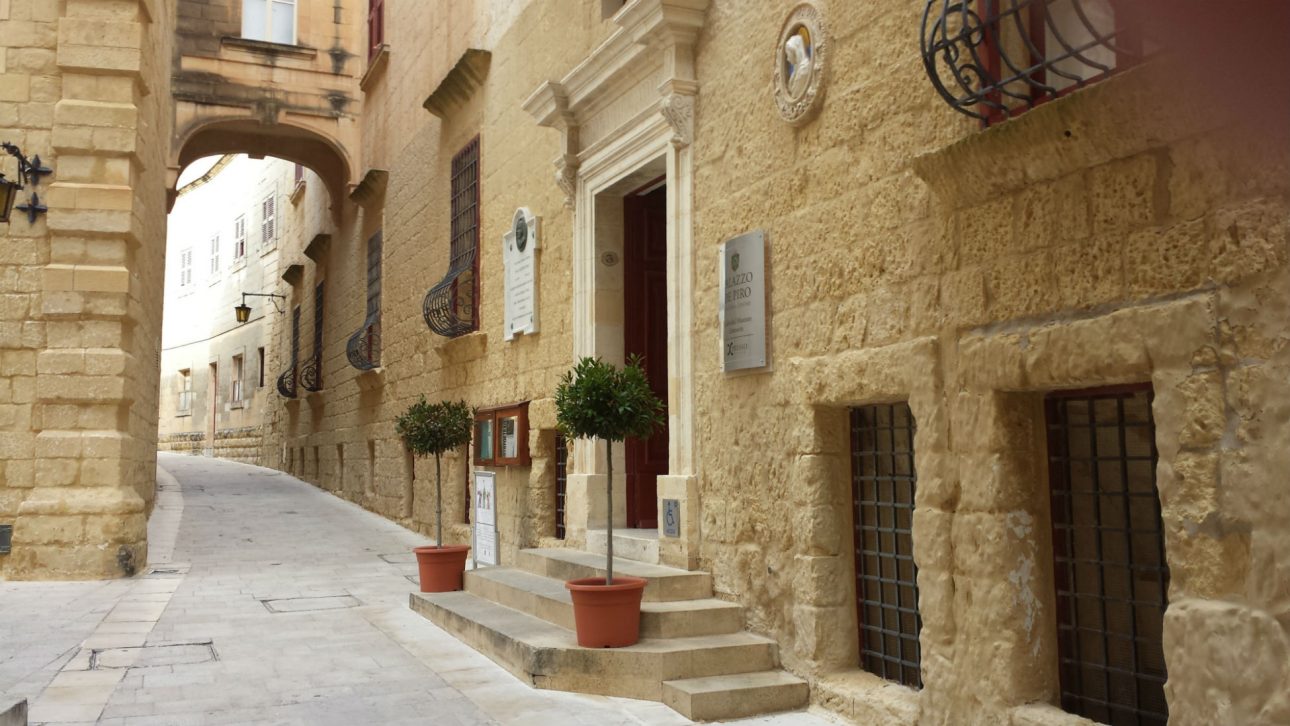
Palazzo Vilhena
Built in 1730, also to the design of Charles François de Mondion, this palace is an example of French Baroque architecture as introduced in Malta in the 18th century.
The building now houses the National Museum of Natural History. The collections on display in the museum cover the various aspects of the natural history of the Maltese archipelago. There are collections of insects, mammals, marine life, birds and shells.
The main task of the museum is the acquisition, collection and conversation of natural history material, with a special emphasis on the local biotope.
The palace has had several roles so far: temporary hospital during the cholera epidemic that hit the island in 1837, sanatorium by the British troops and again hospital, for tuberculosis cases in the early 20th century.
The building was damaged by bombs during the Second World War and was later rebuilt.
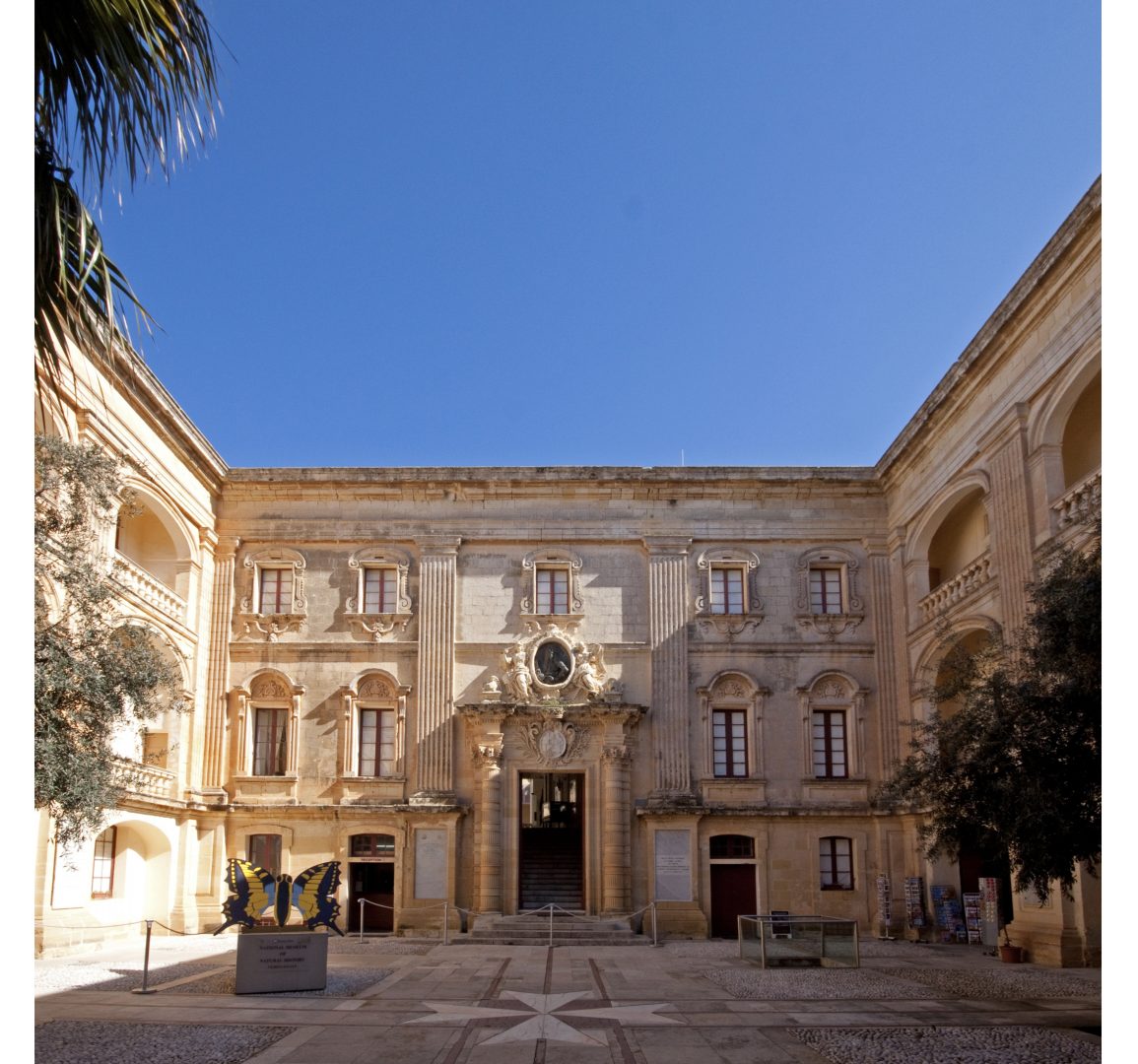
Palazzo Falzon
Also known as the Norman House, it is one of the most beautiful medieval buildings in Malta.
Built in 1495 for the Aragonese vice-admiral Antonio Falzon, it was bought in 1927 by the Swedish captain Olaf Gollcher, the last inhabitant and owner of the house. He collected historical and artistic objects, such as collections of paintings, silverware, furniture, jewelry, carpets and oriental coats of arms, as well as a large library containing ancient books and manuscripts of great value.
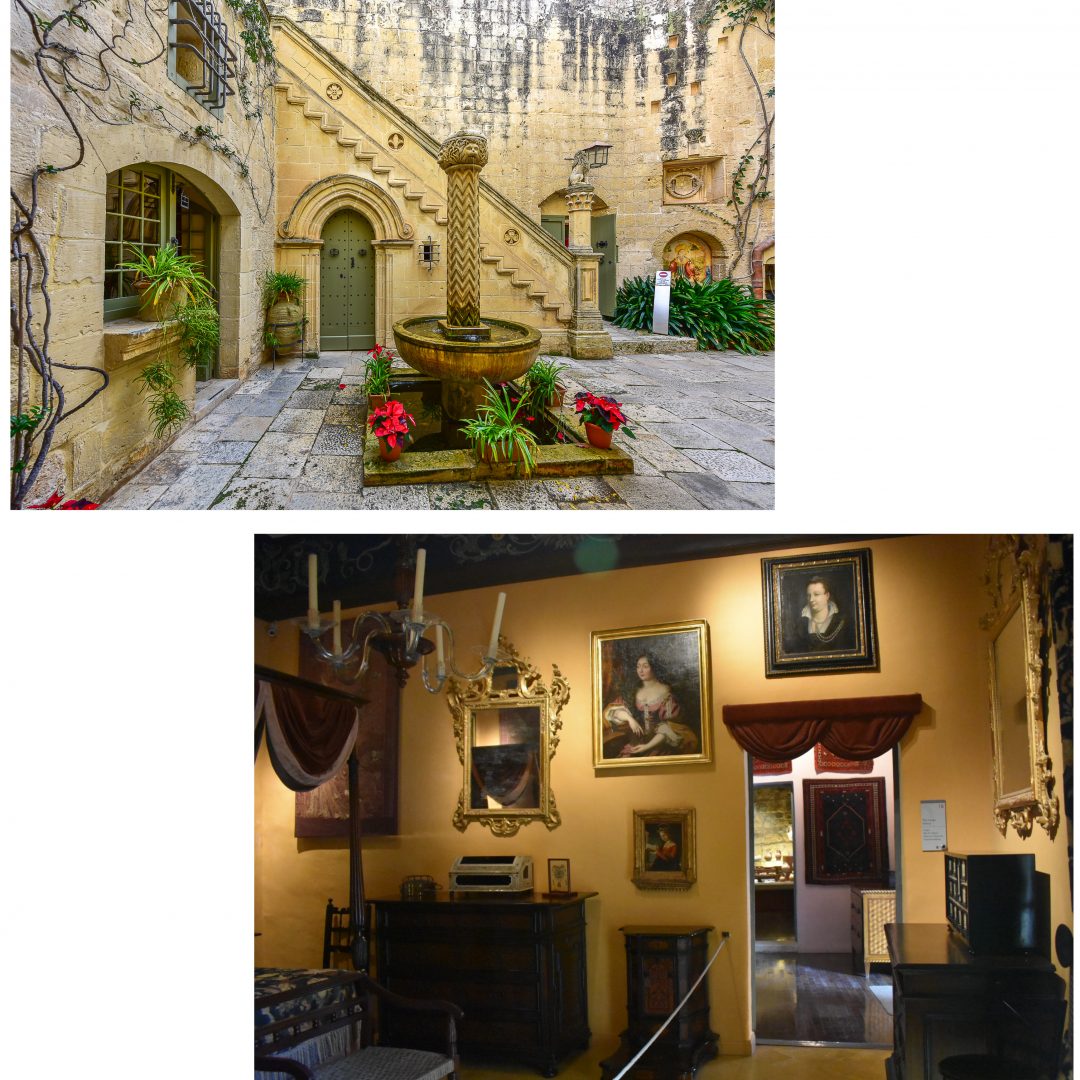
Rabat
St. Paul and St. Agatha’s Catacombs
St. Paul’s Catacombs form a complex of interconnected underground Roman cemeteries that were in use until the 7th centuries.
The early Christians created these cemeteries because Roman law prohibited the burial of the dead in the cities.
The catacombs of St Paul’s represent the earliest and most important archaeological evidence of Christianity in Malta.
The catacombs of Saint Agatha are decorated with numerous frescoes. The catacombs contain more than 500 tombs, including 200 tombs of babies.
The frescoes are full of symbols: the flower represents eternal life, the dove for the soul and peace.
Wishing you a pleasant visit to Mdina!
